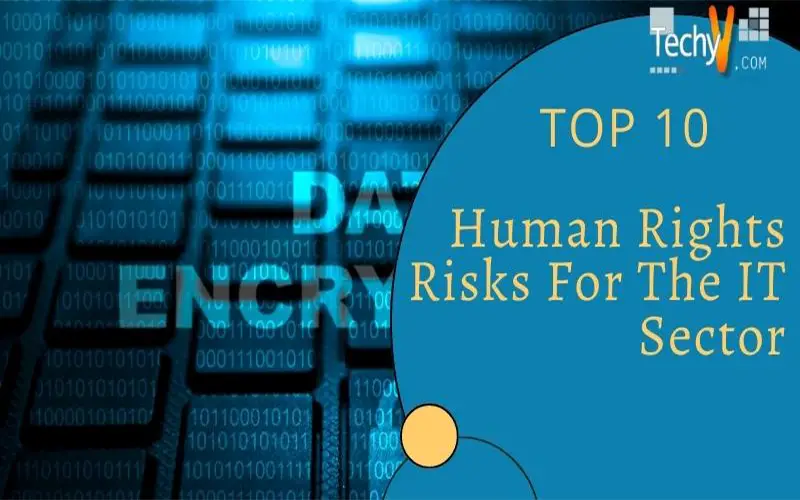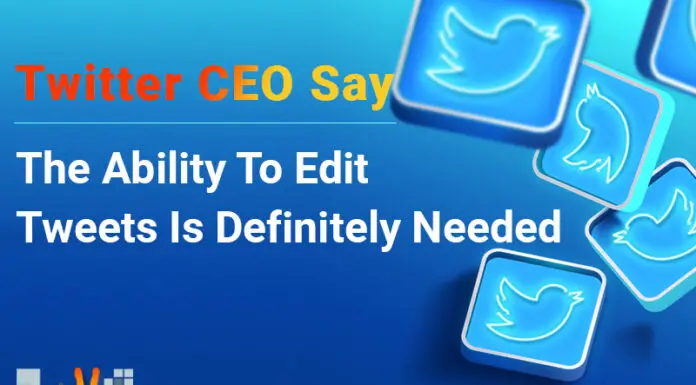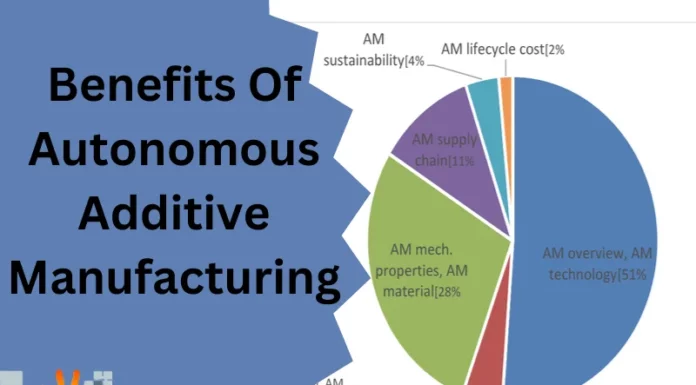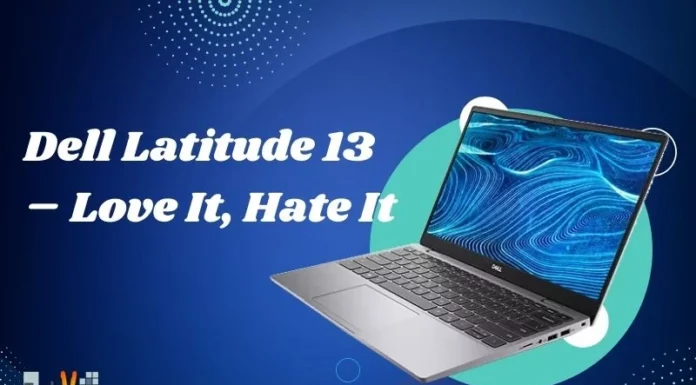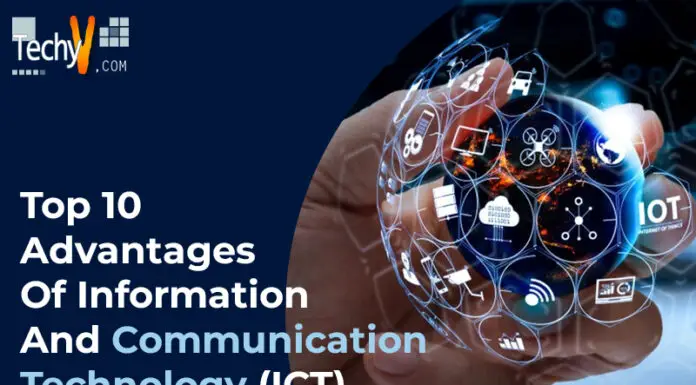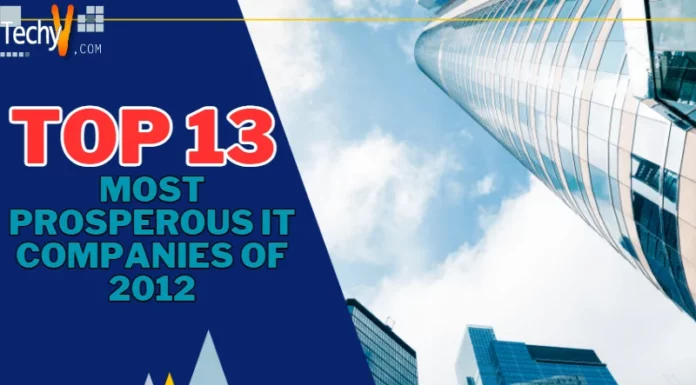Every individual has a natural entitlement to human rights, which includes ownership of necessities and liberties like nutrition, shelter, solitude, data safety, and civic accountability. The top 10 human rights risks for IT corporations are listed in this article below. So, keep reading!
1. Artificial Intelligence and Big Data Analytics
The advancements in AI and big data analytics are possible due to efficient processing and the capacity to use vast and complicated data sets. They offer enormous prospects in various fields. But, the risks are also surging, such as the effects of employment digitization, prejudiced selections being made by electronic processes, and mishandling of private information.

2. Internet of Things
The IoT facilitates a wide variety of goods and services. It includes enhanced crops, automated cars, universal healthcare facilities, etc. However, threats and obstacles come with this potential, like a struggle to get customers’ permission for data consumption, the requirement to set up privacy standards, and who manages data, including how it is utilized.

3. Encryption
Nowadays, everyone can easily access encryption for different services. Nevertheless, intelligence and law enforcement are utilizing public regulations or cyber methods to forbid and combat it. They do it as they worry that encryption makes enforcing the law harder (such as narcotics, violence, and forgery).

4. Hate Speech and Countering Violent Extremism
We all have the right to free speech, as stipulated in Article 19 of the UDHR. Authorities are, meanwhile, acquiring a more significant concern in accurate real-time monitoring, tracking, elimination, and restriction of specific sorts of content, particularly terrorist propaganda and offensive speech.

5. Law Enforcement Relationships
Organizations interact with law enforcement agencies in various ways, such as selling goods, providing services, or responding to requests for customer data or copyright limitations. Regrettably, there is a chance that these agencies could infringe on people’s rights without their knowledge or consent. Such as spy agencies being abused, excess material, or governments using multiple mechanisms without authorization.
6. Child Rights
Organizations need to know how to uphold children’s rights in the electronic era as kids tend to spend more time online. Children’s privacy and dignity, freedom of speech, knowledge, learning, and non-discrimination are all included in a holistic treatment of child rights and how to interact with them as rights owners.

7. Customer Due Diligence
ICT firms’ customers’ use of their goods, activities, and innovations can be “clearly connected” to effects on civil rights, despite the limited power and influence available to prevent adverse human rights impacts during the device utilization phase. It is essential for ICT companies that sell to corporations and governments to conduct due diligence on humanitarian issues, particularly for public-sector service users that engage in law enforcement, fairness, community security, and anti-terrorism operations in risky markets.

8. Non-discrimination
The lack of minority representation inside the IT sector is a significant source of worry for the entire business. For more equitable inclusion at work, racism in recruitment, advancement, pay, and work environment practices must be tackled and remedies put in place. Robust complaint systems, equitable wage evaluations, unconscious bias training, investments in broadening the employee stream, and achievement openness are a few samples of the initiatives that businesses may take.

9. Raw Materials Sourcing
Engineering equipment depends on obtaining a variety of materials. While the “controversial metals” of tin, tantalum, tungsten, and gold sourced from the Democratic Republic of the Congo and neighboring nations receive much attention, this danger is much more widespread. Issues like child slavery, safety, and shift patterns.

10. Forced and Bonded Labor
It has gradually become evident that the production and allocation of tech products are using chained and coerced labor. For instance, when licenses or other documentation forms are denied, employees are charged fees throughout the hiring process.




